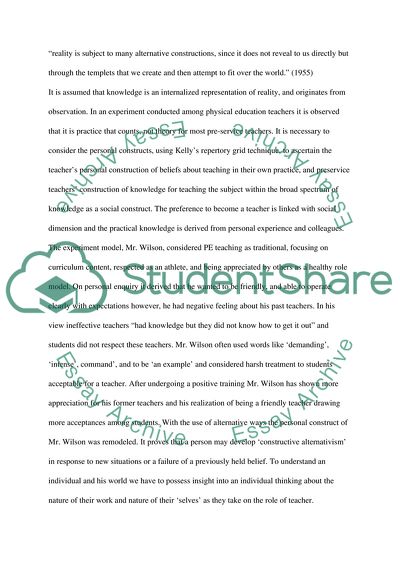Cite this document
(Personal Construct Psychology by George Kelly Assignment, n.d.)
Personal Construct Psychology by George Kelly Assignment. https://studentshare.org/psychology/1710328-assignment-2-psy-5014-brief-therapy
Personal Construct Psychology by George Kelly Assignment. https://studentshare.org/psychology/1710328-assignment-2-psy-5014-brief-therapy
(Personal Construct Psychology by George Kelly Assignment)
Personal Construct Psychology by George Kelly Assignment. https://studentshare.org/psychology/1710328-assignment-2-psy-5014-brief-therapy.
Personal Construct Psychology by George Kelly Assignment. https://studentshare.org/psychology/1710328-assignment-2-psy-5014-brief-therapy.
“Personal Construct Psychology by George Kelly Assignment”. https://studentshare.org/psychology/1710328-assignment-2-psy-5014-brief-therapy.


